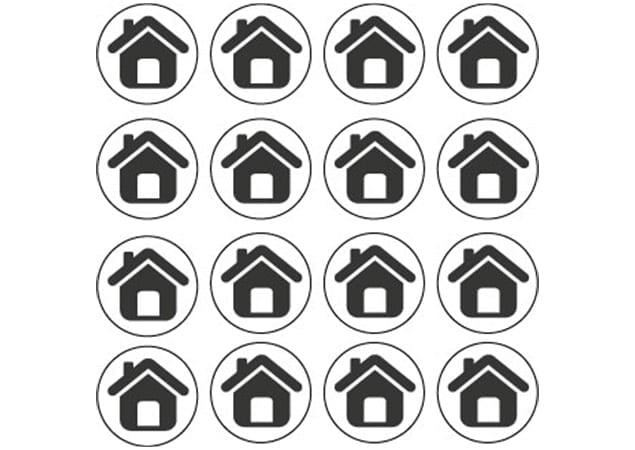
Canadian Real Estate Magazine: Investing in REITs in 2010
Long called one of the most stable and effortless long-term asset classes, experts are suggesting investing your RSPs in a Real Estate Investment Trust (REIT) in the coming year.
Published in Canadian Real Estate Magazine, January 2010
Long called one of the most stable and effortless long-term asset classes, experts are suggesting investing your RSPs in a Real Estate Investment Trust (REIT) in the coming year.
“Private REIT means that you are not subject to the volatility and speculation of the private equity markets,” says Marissa Teeter (nee Morettin), Director of Investor Relations at Skyline Apartment REIT, a Canadian Apartment REIT based in Guelph, Ont. “When most people saw their RSPs cut in half in the last year, our investors, for example, experienced unwavering growth and increased returns as a result of being invested in the stability of apartment real estate.
Apartment real estate is considered to be one of the most recession-resistant asset classes for investors, according to Morettin. This is because when times are good, people move out of their friends’ and/or parents’ basements and rent their own apartment, so vacancy can be low.
On the other hand, when times are bad, especially in recessionary times, people rent because they often can’t afford to buy a home. This helps to consistently keep vacancy in apartment buildings low – no matter what the market.
“By putting your RSPs into a REIT, your monthly distributions get re-invested into the REIT,” says Morettin. “This is a DRIP (Distribution Re-Investment Plan), which at the current and projected distribution and growth rates, investors are expected to double their initial investment every six years.”
Skyline Apartment REIT’s accredited investors, for example, are able to invest a minimum of $25,000 and earn a nine per cent annual distribution and an average of three per cent annual growth on the capital investment.
“When it comes time to redeem your RSPs, you will cash out at the current market value of the unit times the number of units you own which has increased every month from the day you invested since your monthly distributions were re-invested and to buy more units,” says Morettin.
Investors should keep in mind, however, that REITs are still an investment and with every investment comes risk and the possibility of downside, so it’s important to do your homework before putting your money in anything.